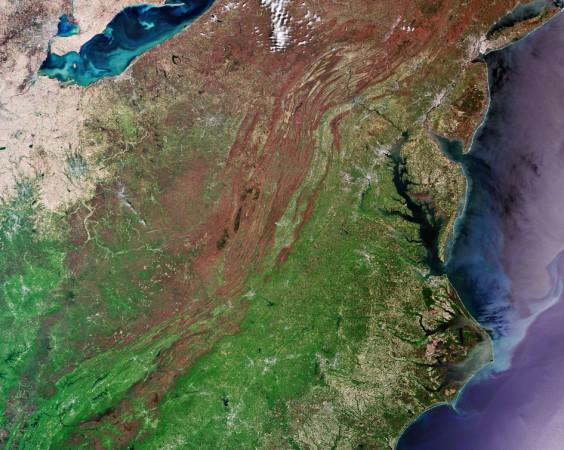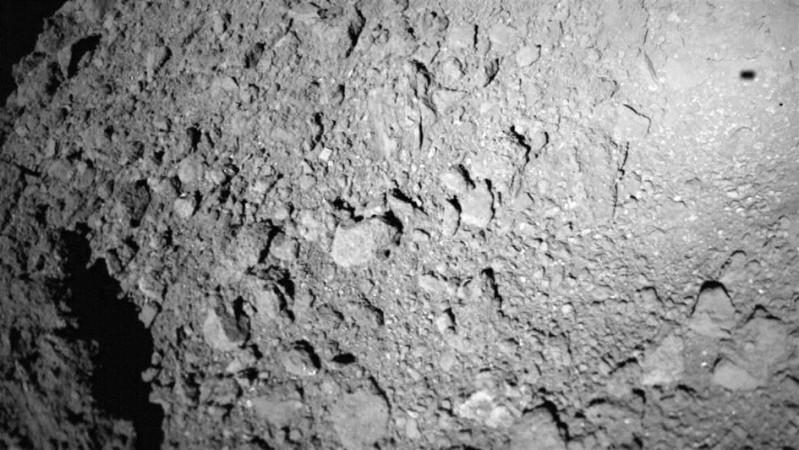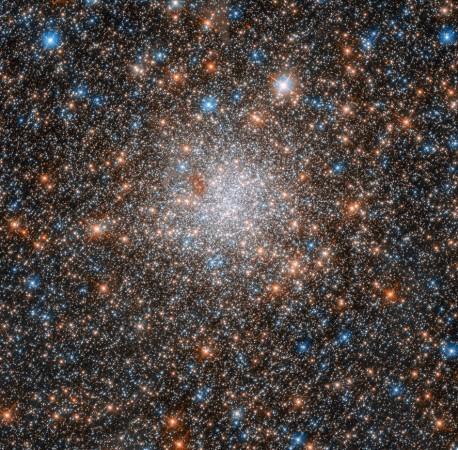The European Space Agency (ESA) has dropped its images of the week and they are simply breathtaking. A lot of these images are rare and not very widely circulated, so here are the highlights of a rather busy week of activity and scientific study from the ESA.
A sunrise from the best seats in the Solar System

Sunrises are beautiful, in spite of one happening literally every day, seeing it fill people with a sense of wonder and deep joy. Here is a sunrise that astronaut Alexander Gerst experienced and shot from space. Turns out, one of the best places to see a sunrise on Earth is slightly above it. Shot from the International Space Station—the ISS sees roughly 19 sunrises a day—Gerst shared it on his social media pages, captioning it, "I don't know any words, in any language, to match the beauty of an orbital sunrise."
The world from above

Spanning a large chunk of eastern USA, this image was captured by the Copernicus Sentinel-3 satellite. The states of Ohio, Maryland, West Virginia and Delaware, are covered in here. This image also has a few major cities in true-colour, notes the ESA.
New York City is in the top right of the picture for a frame of reference. NYC is known as a megacity, defined by the UN as a city that is home to a population of over ten million people. By 2030, there will be at least 43 megacities across the planet, according to some estimates.
Down the coast, US capital Washington, D.C. is seen in the upper-middle part of the image.
The brown colour that dominates the centre of the picture is mountainous regions and forests, that runs through West Virginia and beyond. West Virginia is the "Mountain State," notes the report and is called so because it is the only state completely within the Appalachian Mountain region.
Bouncing across an asteroid

MASCOT, the third box satellite landed successfully on Asteroid Ryugu—an ancient space rock about 300 million km from Earth. Bouncing across its rocky surface, there are now three probes studying and photographing the space rock.
On October 3, the Mobile Asteroid Surface Scout (MASCOT) gently landed on to the asteroid's surface and caught up with its Japanese colleagues-MINERVA-II rovers 1-A and 1-B.
The image was shot on MASCOT's descent, just over three minutes after it was released from the mothership and 20 metres from its final resting place. MASCOT's fuzzy shadow is visible on the top right of the image, standing out quite sharply on Ryugu's pockmarked surface.
Built by the German Aerospace Center (DLR) along with the French space agency CNES, MASCOT's original mission was supposed to have lasted only 12 hours, jumping around the asteroid and collecting data, but its onboard power gave it enough boost to explore the 1.5 km long rock for over 17 hours, notes the report. It reportedly made an extra bounce and sent all its data back to Hayabusa2—the mothership.
Deep space light show

These stars are part of the globular cluster NGC 1898, that lives towards the centre of the Large Magellanic Cloud—one of the Milky Way's closest cosmic neighbours. The Large Magellanic Cloud is known as a dwarf galaxy that is host to millions of star clusters. This makes it, notes the ESA, an ideal laboratory to investigate how stars are formed.
It was first spotted by British astronomer John Herschel in 1834. NGC 1898 has since been under strong scrutiny by the ESA as well as NASA through the Hubble Space Telescope. Astronomers have found that globular clusters are a part of the oldest known objects in the universe. They are also relics of the first epochs of galaxy formation after the Big Bang itself.
This image was taken by Hubble's Advanced Camera for Surveys (ACS) and Wide Field Camera 3 (WFC3), says the ESA

















